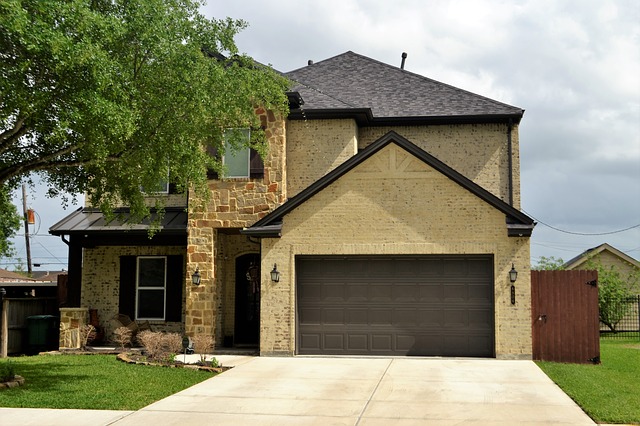Introduction
When purchasing a new refrigerator, one of the most common questions that arises is how long it takes for the appliance to get cold. Understanding the cooling process and the factors that influence it can help set realistic expectations and ensure optimal performance. In this article, we will delve into the topic and explore the various factors that determine how long it takes for a new refrigerator to reach its desired temperature.
The Cooling Process
To comprehend the time it takes for a new refrigerator to get cold, it is essential to understand the cooling process. Refrigerators work by removing heat from the interior and expelling it to the surrounding environment. This process involves a refrigerant, a compressor, condenser coils, and evaporator coils. As the refrigerant circulates through these components, it absorbs heat from the refrigerator’s interior and releases it outside, resulting in a colder temperature inside the appliance.
Factors Affecting Cooling Time
Several factors influence how long it takes for a new refrigerator to cool down:
Size and Type of Refrigerator: The size and type of refrigerator play a significant role in determining the cooling time. Larger refrigerators generally take longer to cool down due to the larger volume of air that needs to be cooled. Additionally, certain refrigerator types, such as side-by-side or French door models, may take slightly longer to cool compared to top-freezer models due to the increased interior space.
Initial Temperature: The initial temperature of the refrigerator also affects the cooling time. If the appliance is set to a higher initial temperature, it will take longer to reach the desired temperature. It is recommended to set the refrigerator to its coldest setting initially to expedite the cooling process.
Room Temperature: The ambient room temperature can impact the cooling time of a new refrigerator. If the room temperature is high, the refrigerator will need to work harder to remove heat from the interior, potentially prolonging the cooling process. It is advisable to place the refrigerator in a well-ventilated area away from direct sunlight and other heat sources for optimal performance.
Refrigerator Load: The amount of food and beverages stored in the refrigerator can also affect the cooling time. A fully stocked refrigerator will take longer to cool down compared to an empty one. It is recommended to allow some space between items to ensure proper air circulation and efficient cooling.
Energy Efficiency: Energy-efficient refrigerators are designed to cool down more quickly compared to older, less efficient models. Newer refrigerators often feature advanced insulation, improved compressor technology, and better airflow management, resulting in faster cooling times.
Typical Cooling Time
While the cooling time can vary depending on the factors mentioned above, a new refrigerator typically takes around 24 hours to reach its optimal cooling temperature. During this period, the refrigerator’s compressor and cooling system work continuously to remove heat and lower the temperature. It is important to avoid opening the refrigerator frequently during this initial cooling period to allow the appliance to cool efficiently.
Conclusion
In conclusion, the time it takes for a new refrigerator to get cold depends on various factors such as the size and type of the appliance, initial temperature settings, room temperature, refrigerator load, and energy efficiency. While the average cooling time is around 24 hours, it is important to consider these factors and set realistic expectations. By understanding the cooling process and taking appropriate measures, you can ensure optimal performance and efficiency from your new refrigerator.
References
– www.consumerreports.org
– www.energy.gov
– www.thespruce.com












